Why Every Carmaker Suddenly Wants A Piece Of Motorsport’s $20 Billion Future
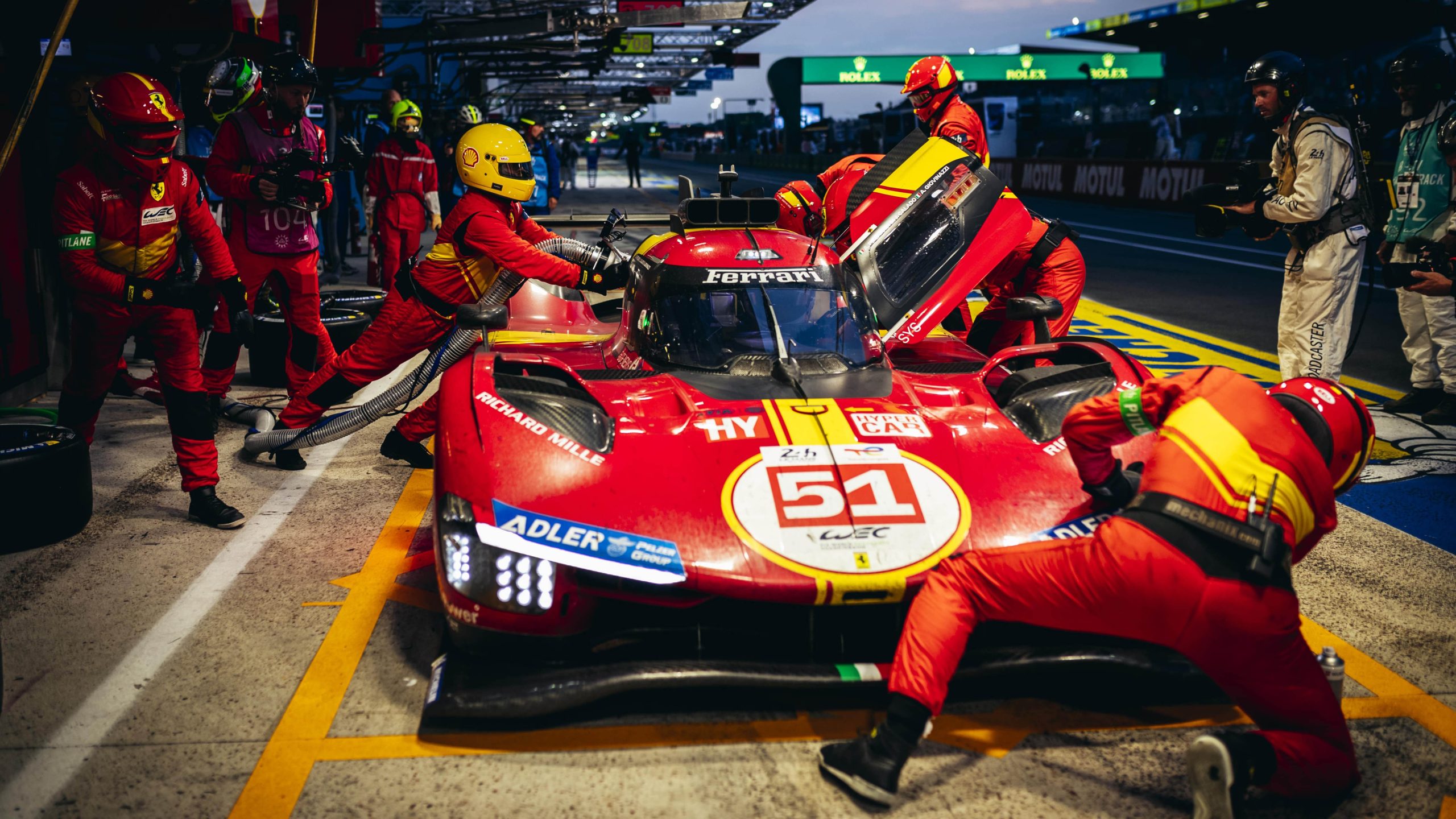
- The global motorsport market is set to grow by $10.79 billion between 2025 and 2029, reaching $20 billion by 2034.
- Major manufacturers including Ford, Aston Martin, Audi, Cadillac and BMW are entering niche racing series to build brand prestige and test innovation.
- Formula 1’s fanbase hit 827 million in 2025, with 43% under 35 and surging digital engagement proving motorsport’s cultural momentum.
We can talk all we want about autonomous vehicles, hands-free driving and even flying cars. Where it all goes is anyone’s guess. But one thing that’s definitely not disappearing anytime soon is the raw, visceral roar of a combustion engine screaming down a straight at 200mph.
Perhaps that’s exactly why the motorsport market isn’t just surviving, it’s thriving. The industry will see a $10.79 billion increase between 2025 and 2029, according to Technavio, and Global Market Insights predicts it will reach $20 billion by 2034. That’s not just growth. That’s a gold rush.
And major automakers have noticed. They’re not about to sit on the sidelines whilst their rivals claim the chequered flag. Over the past few years, a wave of manufacturers has either announced participation in niche racing series or revealed ambitious future plans. After all, if you can’t muscle your way into Formula 1 or NASCAR directly, why not start building your motorsport credentials elsewhere?
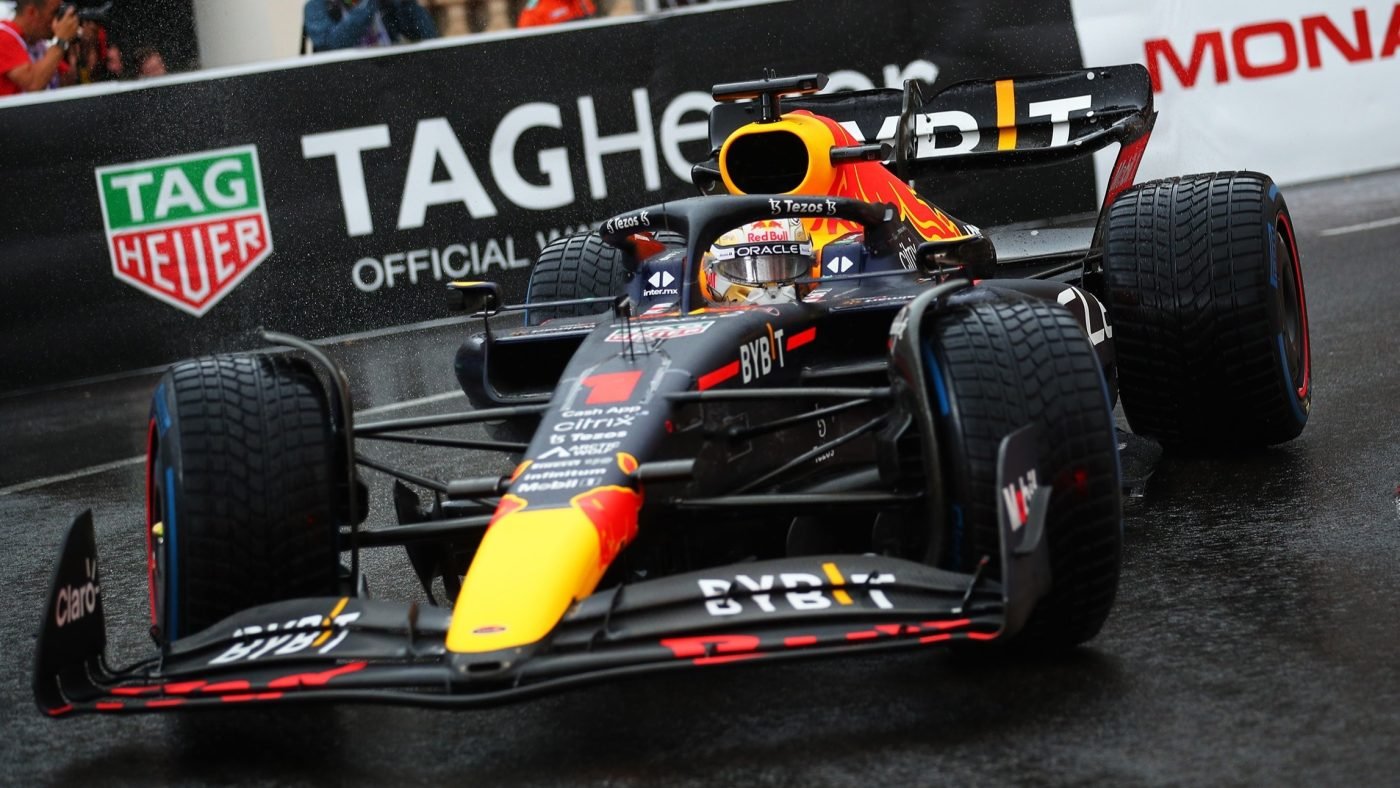
Brands like Ford, Aston Martin, Audi, Cadillac and BMW are all hoping to cash in on the newfound status and cultural capital that motorsport commands. BMW announced last year that it’s developing a new entry-level race car designed to bridge customer racing programmes and GT3 competition, gearing up for a 2026 debut whilst expanding its presence in the GT World Challenge Europe series.
These manufacturers want the world to see them the same way it sees Ferrari or Mercedes. Fierce. Competitive. Relatable. They want fans cheering them on with the same passion reserved for the sport’s legacy giants. That’s why more and more automakers are spreading across different racing disciplines, building their reputations one lap at a time.
The Global Racing Landscape
Motorsport isn’t just Monaco and the Daytona 500. Far from it. In America alone, you’ve got NHRA Drag Racing, the International Motor Sports Association (IMSA), the IndyCar Series with its iconic open-wheel racing, GT World Challenge America, and even King of the Hammers, the brutal off-road desert endurance event.

Then there’s Formula Drift, the professional drift series that’s become a cultural phenomenon, and World of Outlaws, where dirt track racing reigns supreme. Sure, these events might not command the same global television audiences as Formula 1 or NASCAR, but they’re growing. And that matters.
Over in Europe, the legendary 24 Hours of Le Mans has been running since the 1950s, cementing itself as one of the most prestigious endurance races on the planet. Then there’s the GT World Challenge Europe, the Goodwood Festival of Speed, a bucket-list event for any petrolhead, and the Nürburgring Langstrecken-Serie. In fact, Formula 1’s four-time world champion Max Verstappen claimed victory there just last month, clearly eager to prove he can dominate in a different style of racing.
Curated news for men,
delivered to your inbox.
Join the DMARGE newsletter — Be the first to receive the latest news and exclusive stories on style, travel, luxury, cars, and watches. Straight to your inbox.
And let’s not forget Formula E, which aims to accelerate the future of electric mobility through high-level competition, attracting a younger, sustainability-focused audience.
Ferrari made its comeback to the FIA World Endurance Championship in 2023 and secured the championship title right away. BMW followed suit in 2024. McLaren and Ford will each enter factory teams in 2027. For Ford, that’s a particularly poignant return. The last time the Blue Oval won the 24 Hours of Le Mans was in 1969, a win forever remembered through the Matt Damon and Christian Bale film Ford v Ferrari.
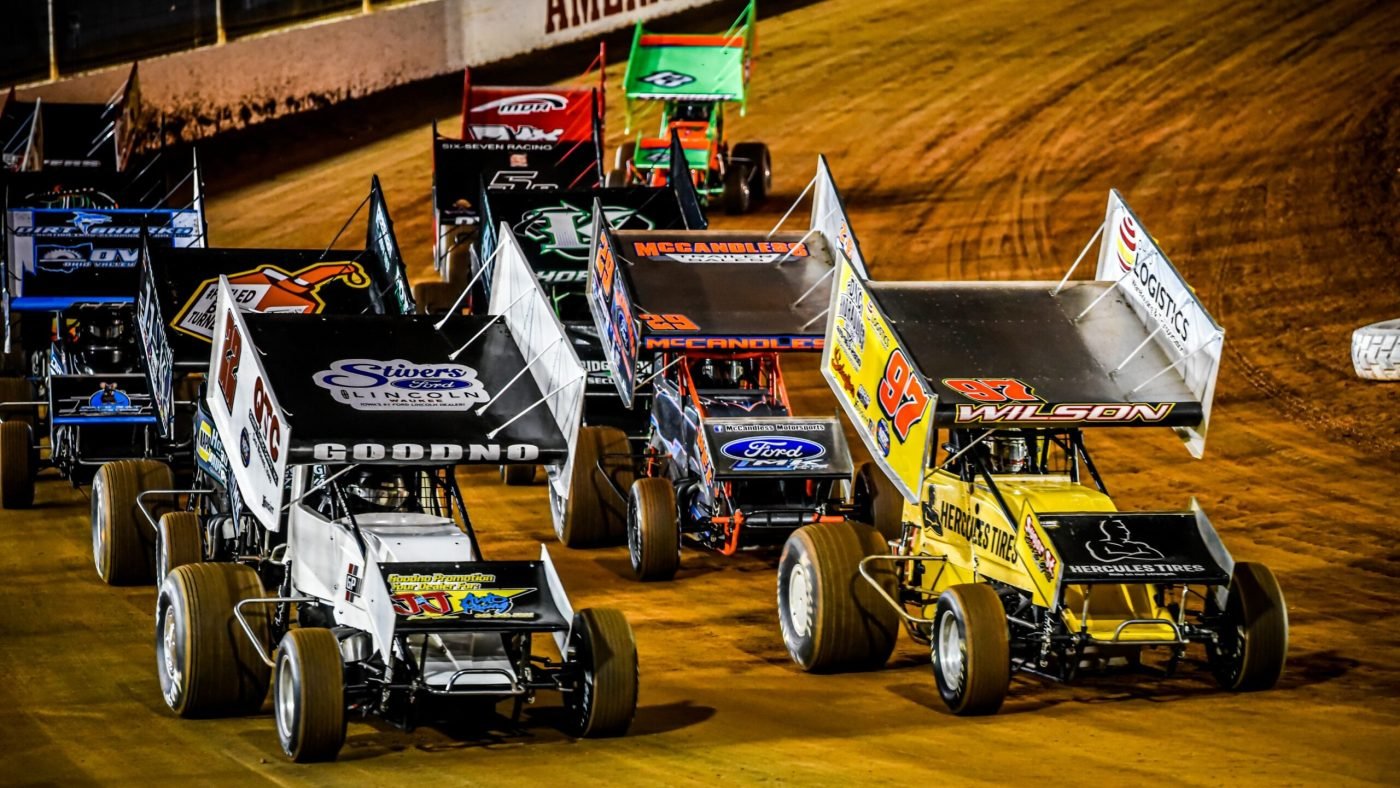
As GM President Mark Reuss put it, “Racing isn’t just a pastime – for General Motors, it’s a key source of inspiration and innovation. Whether it’s NASCAR, IndyCar, IMSA and FIA sports-car racing, or our upcoming entry into Formula 1, GM uses motorsports as a crucible for developing the talent and technologies shaping the future of the automobile. As the 2025 racing season kicks off, GM president Mark Reuss takes a moment to explain how racing touches everything we do…. It’s not just about winning races, it’s about testing ourselves and our vehicles in top-tier competition and applying those learnings to everything we do.”
Ford CEO Jim Farley expressed a similar view, saying the company needs to be on the track because racing is its proving ground.
Why Automakers Are Betting Big on the Track
So why are more and more manufacturers piling into motorsport? The answer is multifaceted, but it boils down to a few critical factors.
Brand prestige and marketing
High-profile endurance and GT races confer global prestige. The involvement of brands in races links them with athletic achievement, technological advancement, and thrilling competition, which results in essential marketing benefits and market differentiation. Traditional advertising methods are becoming less effective to generate results because motorsport delivers an authentic value that monetary resources cannot replicate.

Technological development
Motorsport operates as an intense evaluation system which tests the performance of modern automotive technologies. The development of hybrid powertrains and sustainable fuels along with advanced aerodynamics and energy recovery systems and electric drivetrains occurs through racing activities before they become available in everyday vehicles. The track environment drives innovation at a speed that research laboratories fail to achieve.
Fan engagement and growth
Motorsport events attract dedicated global audiences and increasingly younger, more diverse fans. The series with high fan engagement creates perfect conditions for car manufacturers to build brand loyalty and attract fresh customer groups. Fans love the dangerous yet glamorous side of the car business. It’s theatre, drama and engineering prowess rolled into one intoxicating package.
Racing’s booming business side
With viewership, sponsorships, and industry growth all on the rise, every automaker sees the potential. They want in on the action, to prove themselves and make the most of the opportunity.
The numbers back up the hype. Formula 1’s global fanbase reached 827 million in 2025, marking a 12% year-on-year increase. In the United States, TV viewership averaged around 1.3 million per race, up 23% compared to 2024. Perhaps most tellingly, F1’s demographic is younger and more diverse than ever. Some 43% of fans are under 35 years old, and 42% are female. That’s a marketing dream.
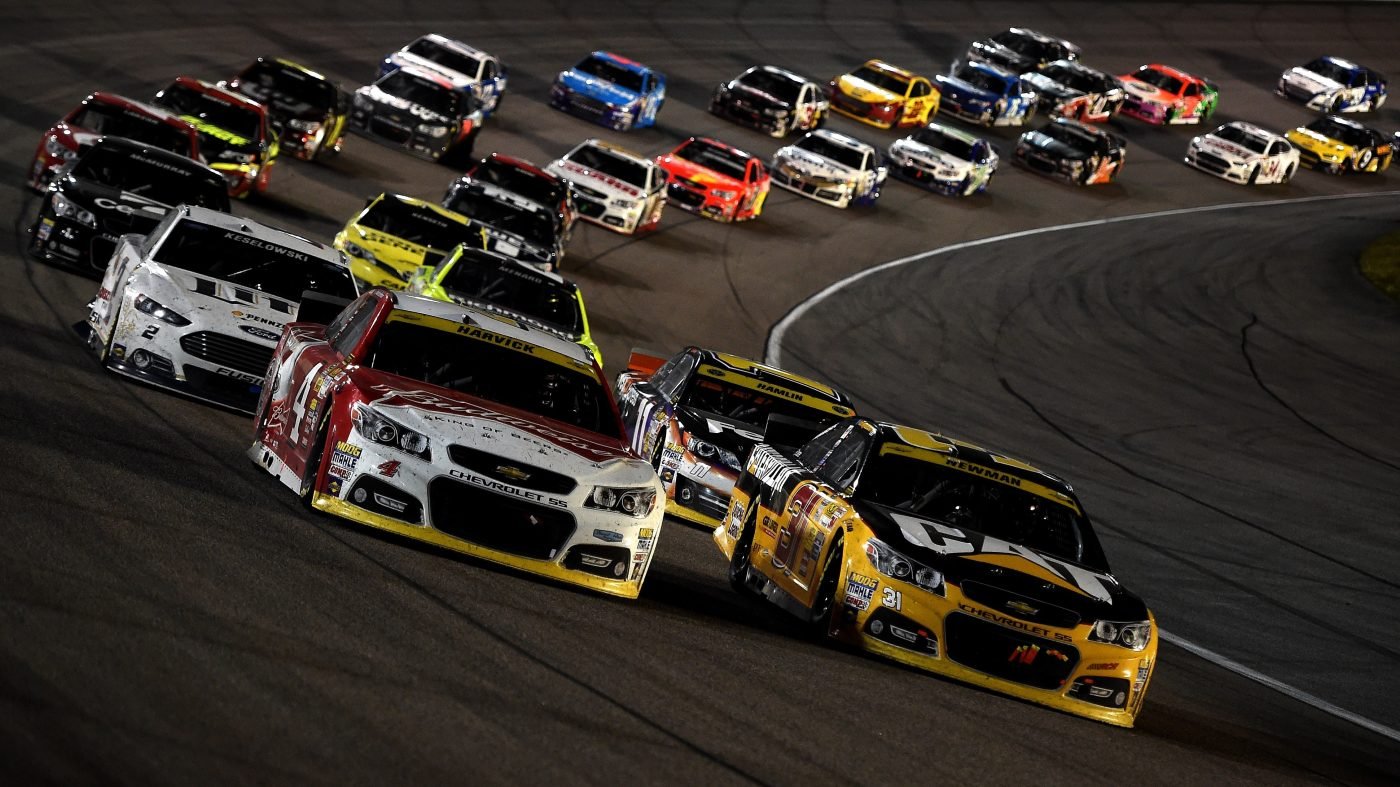
Revenues are strong too. Sponsorship income hit approximately $677 million for the season, with over $3 billion in total team sponsorship agreements. F1’s digital presence is exploding, with over 107 million social media followers and rapidly rising online content consumption. Operating income jumped a staggering 249% year-on-year to $293 million in Q2 2025 alone.
NASCAR, whilst facing different challenges, still commands impressive viewership. Total viewership across the season to date sits at approximately 89.7 million, with an average of 2.42 million viewers per race. Points races average 2.44 million viewers, whilst playoff races draw around 1.7 million.
It’s true that other racing series lack the sheer audience scale and advertising firepower of Formula 1 or NASCAR. Not every event has a Netflix documentary series like Formula One: Drive to Survive, which made a monumental impact on F1’s popularity by giving millions around the world real behind-the-scenes access to the drama, politics and personalities.
And not every series gets a blockbuster Hollywood film like Brad Pitt’s F1: The Movie, which became a huge box office success and brought even more fans into the fold.
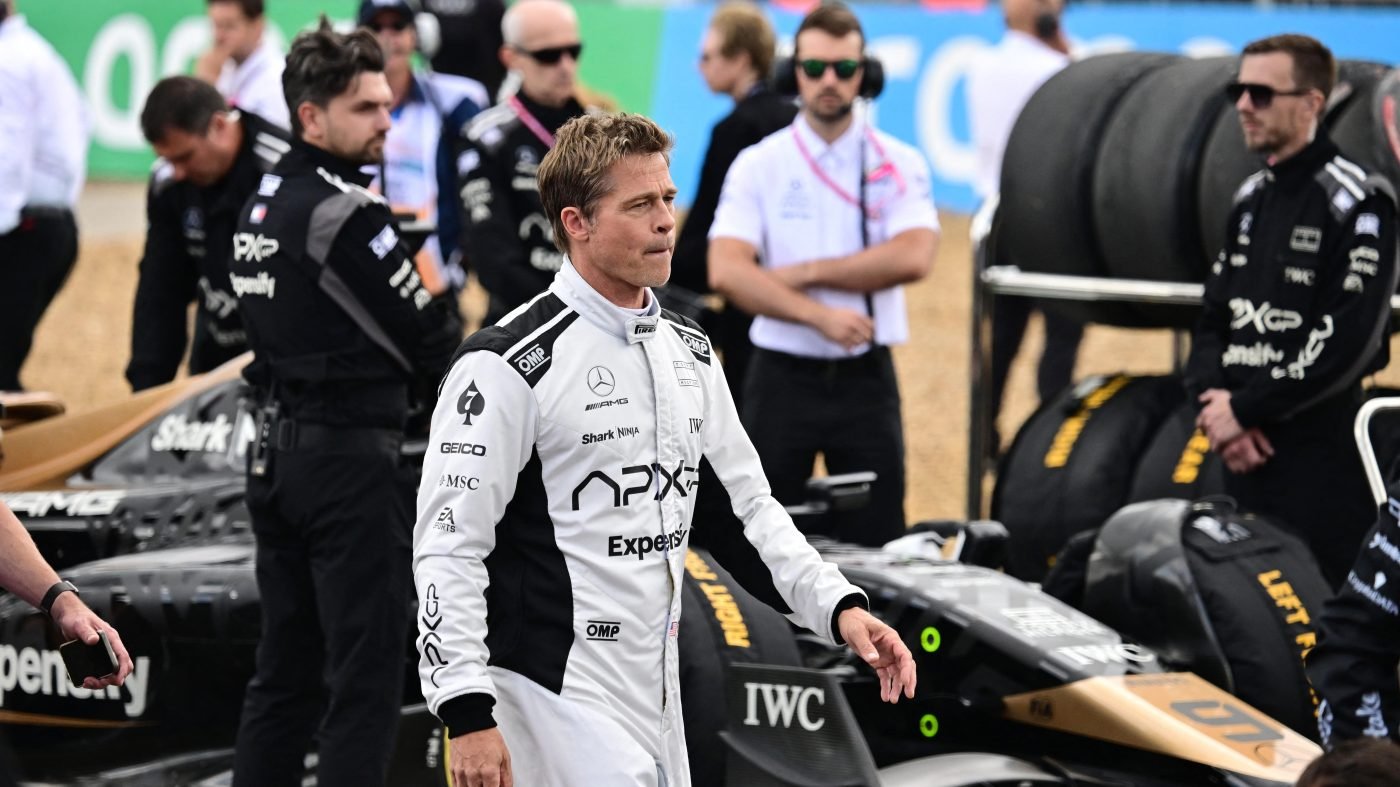
But here’s the thing. Brands don’t need every race to pull F1 numbers. Their strategy is clear: use every platform, from the biggest stages to the smaller, specialised series, to connect with the growing global audience.
With their names emblazoned on cars across multiple disciplines, automakers are locking in their spots in an increasingly competitive world. They’re building credibility, testing technology and winning hearts, one race at a time.
The combustion engine might be on borrowed time in the eyes of policymakers and environmentalists. But on the track, it’s alive, roaring and more relevant than ever. And the world’s automakers are making damn sure they’re part of the action whilst it lasts.





